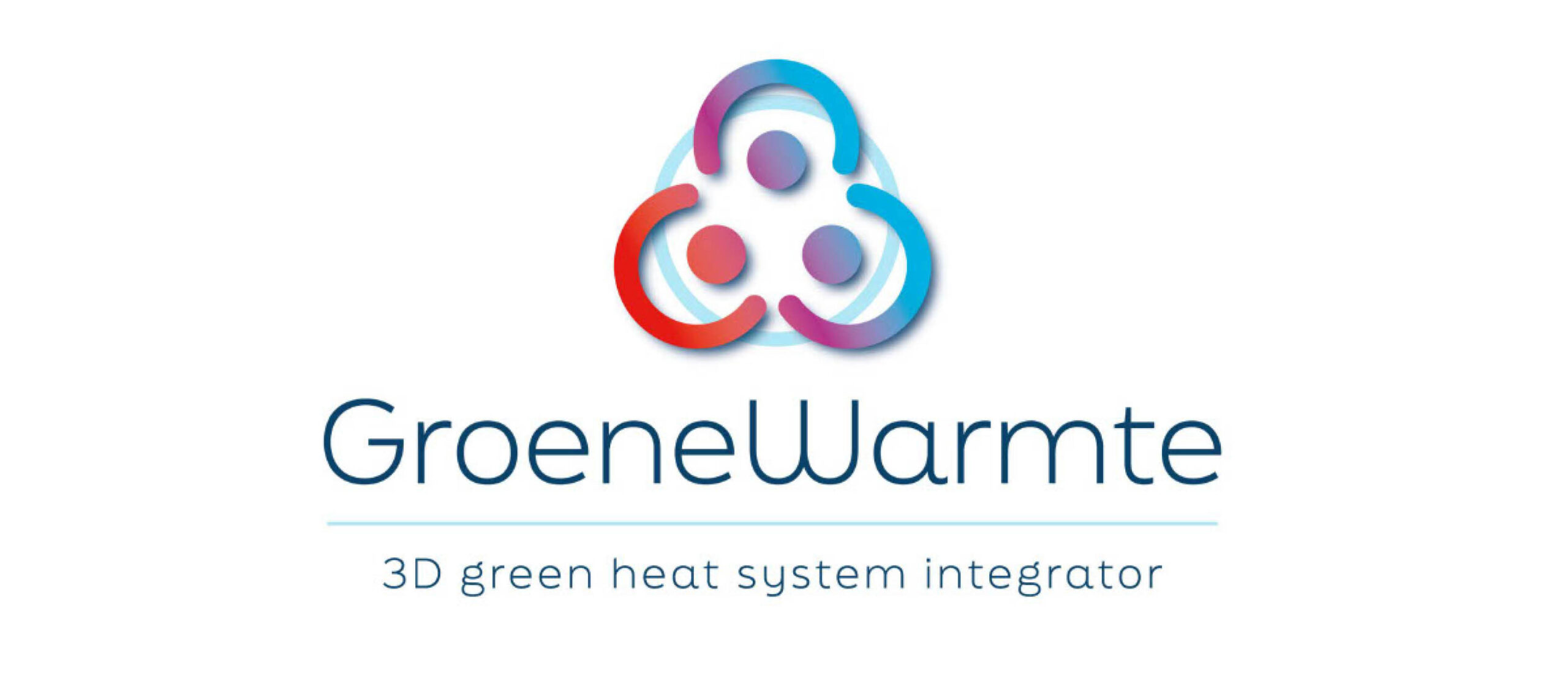Tuesday October 19, 2021
Simplification of Ecovat Holding's organizational structure:
- In order to serve its customers even better, Ecovat is simplifying its organizational structure.
- In addition to merging some subsidiaries for practical reasons, the organization is also logically structured around the nature of the activities.
- Projects are placed in its own business unit under Ecovat Holding.
- The Intellectual properties and the Ecovat software activities are placed in their own business unit under Ecovat holding.
- In addition to the benefits for customers, it also offers the opportunity to separately collaborate on projects and software developments with third parties.
Responding to market demands:
A. Peak buffer:
- The recently developed smaller Ecovat Piek buffers for day/night or weekly storage, with a capacity between 2.000 and 5.000 m3, meet the needs of smaller storage systems and can be connected to existing heating networks.
- These peak buffers ensure less required peak power, more efficient use of heat sources, less use of natural gas, enable the influence of sustainable sources, lower the temperature in the transport network and ensure fewer CO2 emissions in the city.
- In addition to the previously developed Ecovat heat and cold storage tanks for seasonal storage, these peak buffers are also offered as a “plug-in” in existing and/or new HeatCold networks.
- The Ecovat Peak Buffers can be supplied completely or partly underground.
- Specific quotations have been submitted for two projects.
B. Software & Engineering tooling:
- Based on the previously developed EPIC forecast and control software for complex energy systems as well as the technical-financial coupling of industrial residual heat, Ecovat recently developed Engineering tooling software.
- This software helps Provinces and Municipalities with, among other things, decision-making, technical design and the comparison with regard to return requirements of project-specific business cases.
- Calculations of project-specific business cases are made according to the internationally widely accepted F1F9 methodology and offers consistency and transparency in the structure of costs and returns.
- The F1F9 methodology makes it possible to make objective technological comparisons for natural gas-free solutions by making calculations for the short (2030) and long term (2050) in order to achieve 100% sustainable heat and cold supply.
Accessibility ECOVAT: www.ecovat.eu
Aris de Groot – CEO: [email protected]


